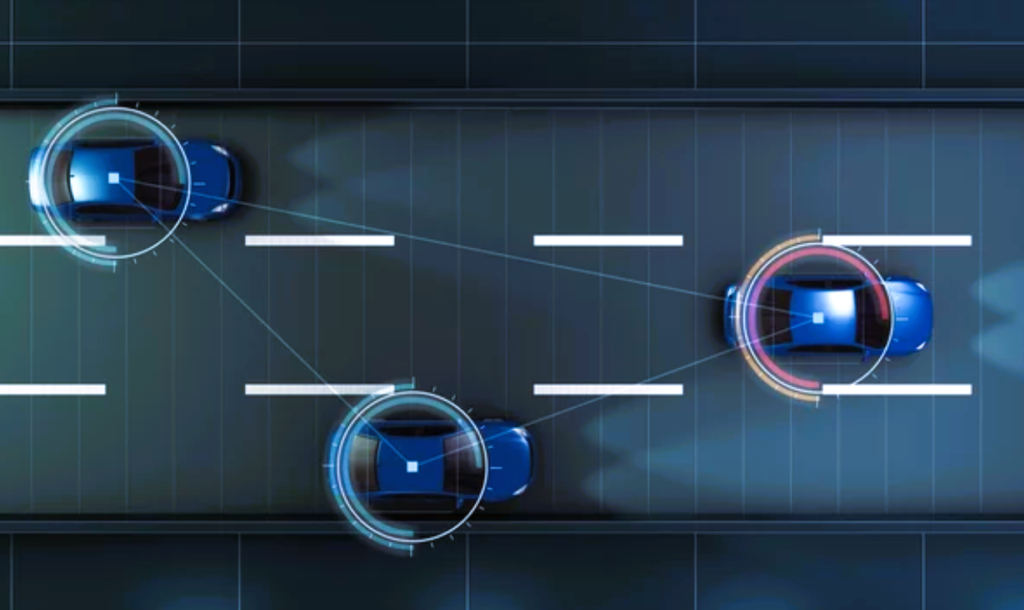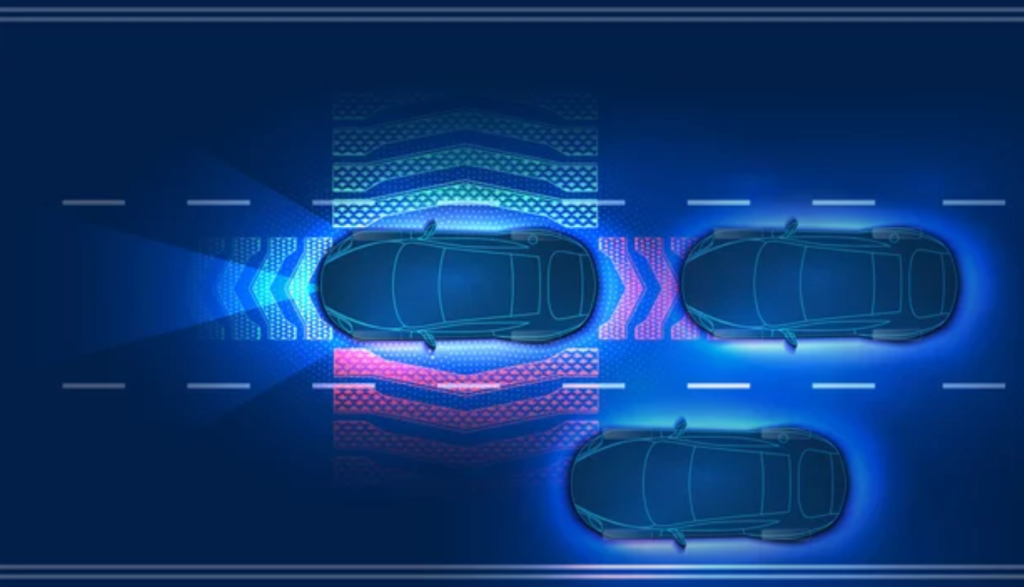Understanding ADAS (Advanced Driver Assistance Systems) in Cars

In the ever changing automobile world of today, technology is essential for improving overall driving pleasure, comfort, and safety. Advanced Driver Assistance Systems are among the most important developments in this field (ADAS). Let’s explore the definition of ADAS, its significance, and how it will affect driving in the future.
What Is ADAS?
The term “ADAS” describes a group of safety features and technological advancements found in contemporary automobiles. These sophisticated technologies help drivers with a variety of driving tasks by using sensors, cameras, radars, and sophisticated algorithms. The ultimate objective is to reduce the likelihood of accidents and improve driving safety.

Key Components of ADAS:
1.Sensors: A network of sensors is used by ADAS to gather data in real time from the environment around the car. Radar, lidar, cameras, and ultrasonic sensors are some of these sensors. Ultrasonic sensors, for example, assist with obstacle detection and parking assistance.
2.Processors: Robust onboard CPUs evaluate sensor data and make snap judgments. Features like collision avoidance and adaptive cruise control are made possible by these CPUs.
3.Program Code Algorithms: Intelligent algorithms process sensor data and produce useful insights. Intelligent algorithms are responsible for ADAS features such as pedestrian recognition, automated emergency braking, and lane departure warnings. 4.Mapping Solutions: Accurate navigation is improved by high-definition maps. These maps are used by ADAS systems to provide accurate lane-keeping assistance and predictive braking.
5.Actuaries: Actuators engage in physical interaction with the parts of the vehicle. They regulate functions like braking, acceleration, and steering changes. Adaptive headlights, for example, change their brightness according to the state of the road.
ADAS Features and Benefits:
1.Collision Avoidance: By issuing prompt alerts and even stepping in when required, ADAS aids in the prevention of collisions. Rear-end collisions are less likely when equipped with features like automated emergency braking and forward collision warning.
2.Lane-Keeping Assistance: If a driver inadvertently strays from the lane, Advanced Driver Assistance Systems (ADAS) are designed to detect and gently correct the vehicle.
3.Adaptive Cruise Control: This function automatically modifies speed to maintain a safe following distance from the car in front of you.

4.Blind Spot Monitoring: To prevent risky lane changes, sensors identify cars in blind areas and notify the driver.
5.Parking Assist: ADAS facilitates parallel parking and confined space maneuvering.
6.Pedestrian detection: Radar and cameras detect pedestrians and trigger emergency brakes or warnings.
Regulations and Safety Standards:
All throughout the world, governments understand how crucial ADAS is to traffic safety. Certain ADAS components must be installed in new cars according to regulations. As an illustration:
-For all new cars weighing less than 10,000 pounds, rearview cameras are mandated.
-The autonomous emergency braking (AEB) systems on buses and trucks are mandatory.
ADAS Cars In India And Their Type :
Here is a list of cars available in India in 2024 that are equipped with Advanced Driver Assistance Systems (ADAS):
Hyundai Venue: Offers basic ADAS Level 1 features like Lane Keeping Assist and Forward Collision Warning.
MG Astor: Offers Level 2 ADAS.
Kia Seltos: Offers Level 2 ADAS.
Hyundai Verna: Offers Level 2 ADAS.
Honda Elevate: Offers Level 2 ADAS.
Honda City: Offers Level 2 ADAS.
Mahindra XUV700: Offers Level 2 ADAS.
MG Hector: Offers Level 2 ADAS.
Tata Harrier: Offers Level 2 ADAS.
Tata Safari: Offers Level 2 ADAS.
Please note that the availability of ADAS features may vary based on the variant of the car1. It’s always a good idea to check with the local dealership for the most accurate information on pricing and availability
The Road Ahead:

ADAS will keep changing as technology develops. It serves as a transition between conventional driving and totally autonomous cars. For safer roads and a more connected driving experience, advanced driver assistance systems (ADAS) are essential. They can avoid accidents, increase comfort, or improve convenience.
Recall that although it would take some time to get completely autonomous cars, ADAS is already having a big influence on our everyday commutes.




Leave a Comment